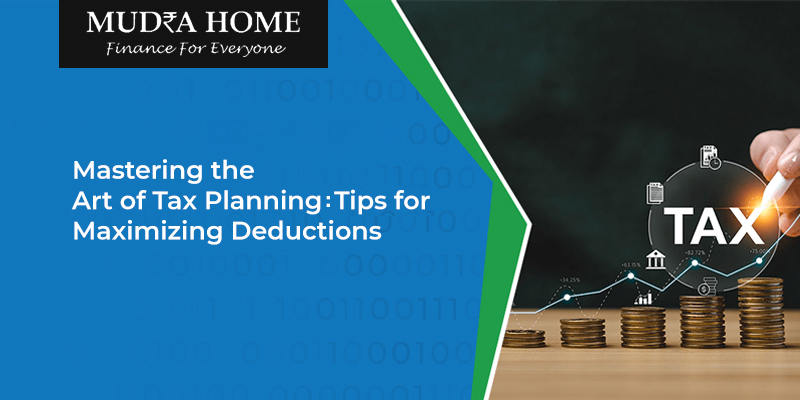
Tax planning is a critical aspect of personal finance that can significantly impact your financial well-being. By strategically utilizing deductions, taxpayers can minimize their tax liabilities and keep more of their hard-earned money in their pockets. In this article, we’ll explore some key tips for mastering the art of tax planning and maximizing deductions.
Stay Organized: The foundation of effective tax planning is organization. Keep detailed records of all your income, expenses, investments, and other financial transactions throughout the year. Use tools like spreadsheets or financial software to track your finances accurately. By maintaining organized records, you’ll be better prepared to identify eligible deductions and ensure compliance with tax laws.
Know Your Deductions: Familiarize yourself with the various deductions available to taxpayers. Common deductions include mortgage interest, property taxes, charitable contributions, medical expenses, and education expenses. Additionally, self-employed individuals can deduct business expenses related to their trade or profession. Understanding which deductions you qualify for is essential for maximizing your tax savings.
Bundle Deductible Expenses: Consider bundling deductible expenses to maximize their impact. For example, if you have significant medical expenses, try to schedule elective medical procedures or purchase necessary medical supplies in the same tax year. By consolidating expenses, you may surpass the threshold for deductibility and increase your overall tax savings.
Contribute to Retirement Accounts: Contributions to retirement accounts such as 401(k)s, IRAs, and Health Savings Accounts (HSAs) offer valuable tax benefits. Not only do these contributions reduce your taxable income for the year, but they also grow tax-deferred until withdrawal. Maximize your contributions to these accounts to take full advantage of their tax-saving potential.
Utilize Above-the-Line Deductions: Above-the-line deductions, also known as adjustments to income, are available to all taxpayers, regardless of whether they itemize deductions. These deductions include contributions to retirement accounts, student loan interest, alimony payments, and health savings account contributions. By taking advantage of above-the-line deductions, you can lower your adjusted gross income (AGI) and potentially qualify for other tax incentives.
Keep Track of Miscellaneous Expenses: Don’t overlook miscellaneous expenses that may be deductible. This includes unreimbursed business expenses, job search expenses, tax preparation fees, and investment-related expenses. While individual deductions for these expenses may be limited, they can add up to significant tax savings when aggregated.
Maximize Charitable Contributions: Charitable donations not only benefit worthy causes but also provide tax benefits for donors. Be strategic about your charitable contributions by donating appreciated assets such as stocks or mutual funds. This allows you to avoid capital gains taxes on the appreciation while still receiving a deduction for the fair market value of the donated assets.
Plan for State and Local Taxes: Be mindful of state and local tax laws when planning your deductions. Some states impose limitations on certain deductions, such as state and local tax (SALT) deductions. Consider prepaying deductible expenses or exploring alternative strategies to mitigate the impact of these limitations.
In conclusion, mastering the art of tax planning requires careful consideration and proactive strategies. By staying organized, knowing your deductions, and implementing smart tax-saving techniques, you can minimize your tax liabilities and keep more of your money in your pocket. Consult with a tax professional or financial advisor for personalized guidance tailored to your specific circumstances.